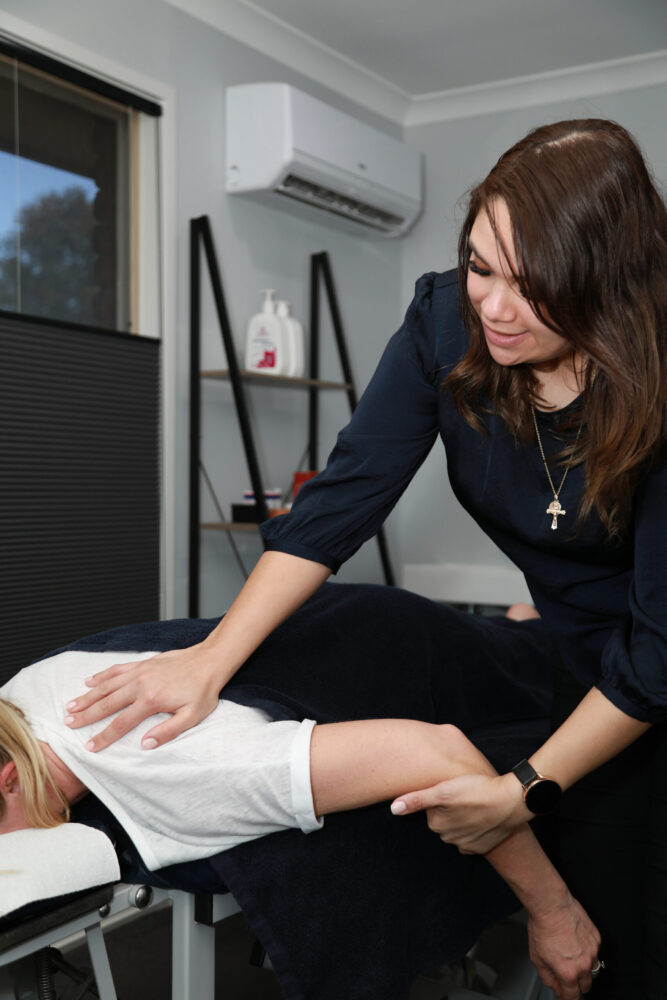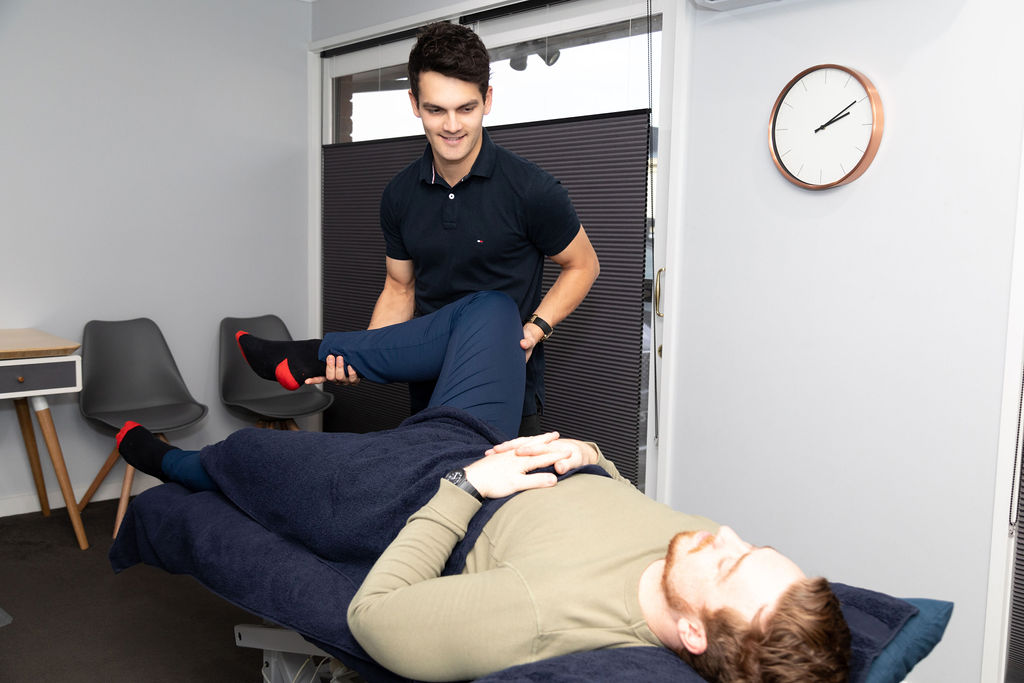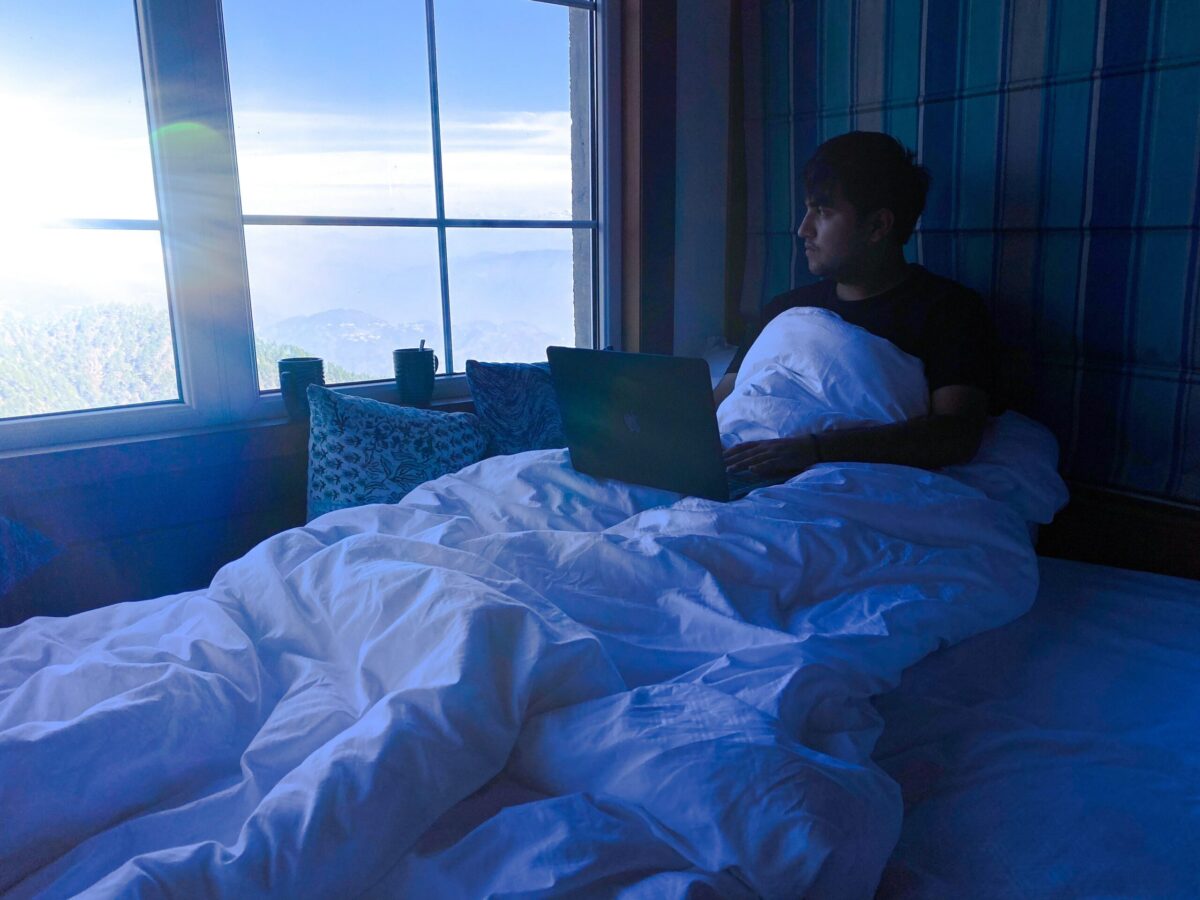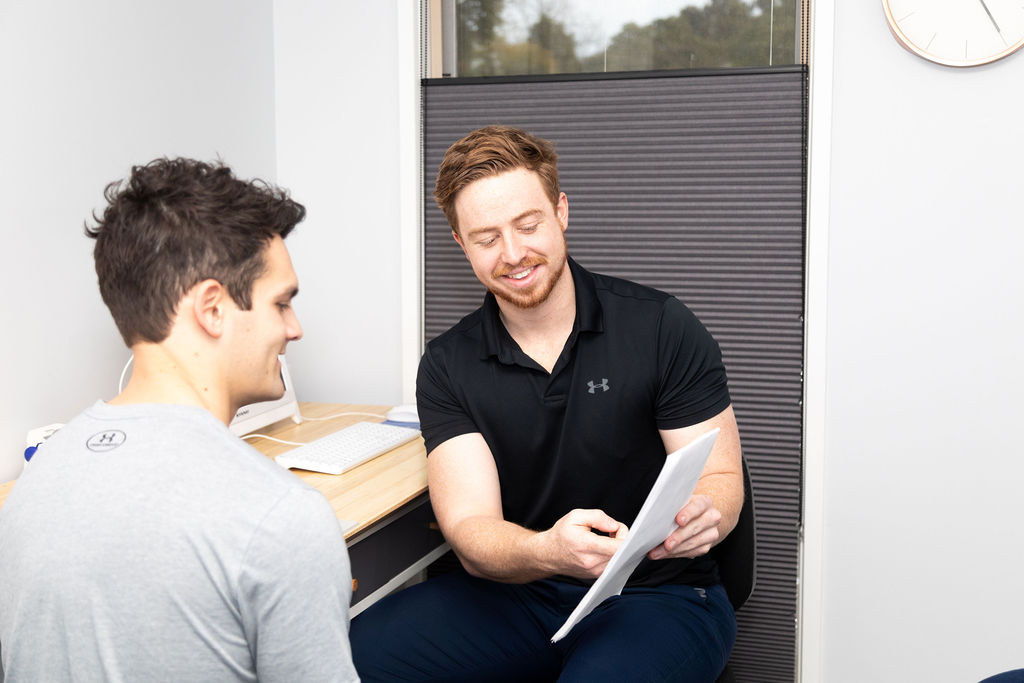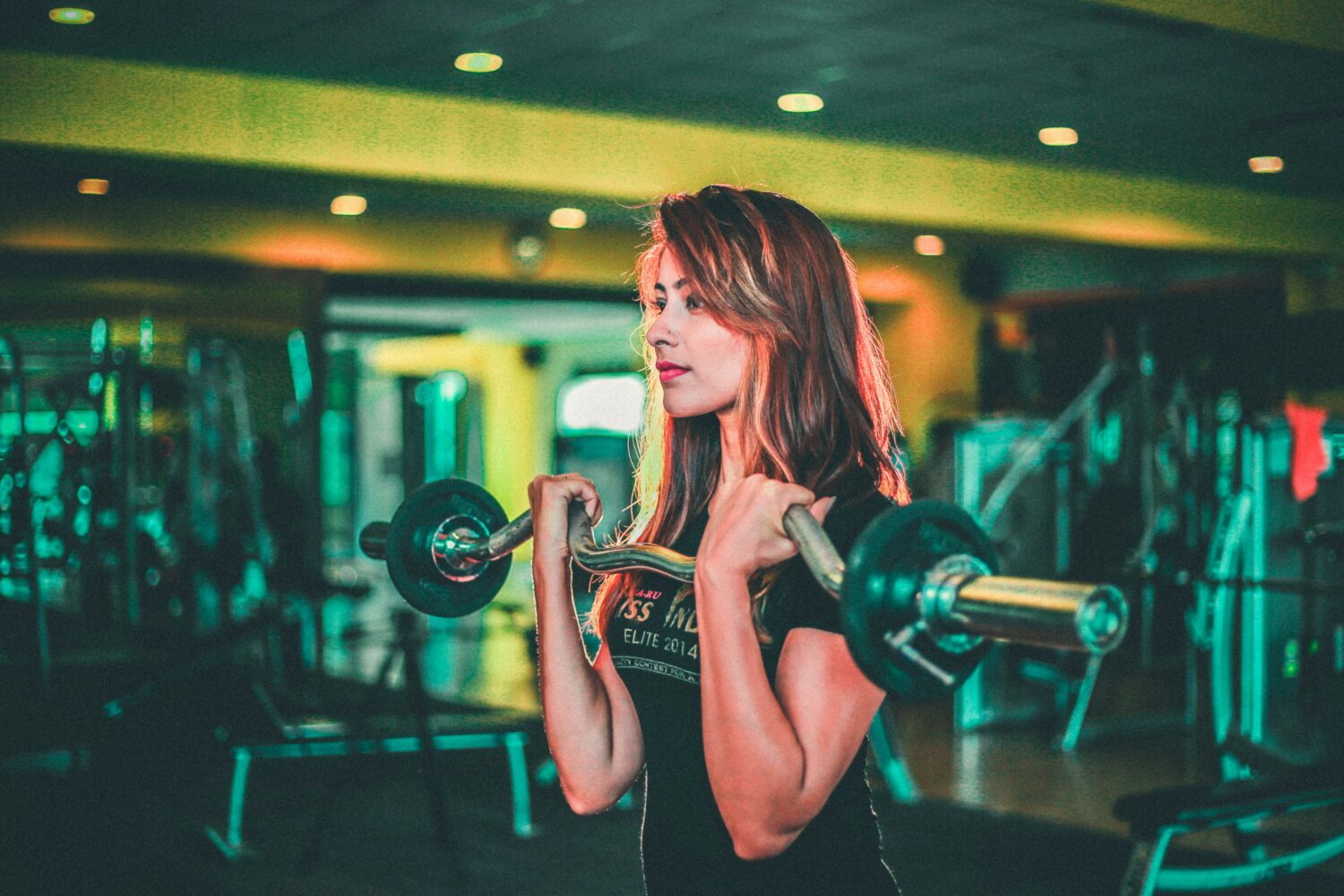BEAUTY CAN BE PAINFUL! HOW CAN OSTEOPATHY HELP?
Skye2025-05-13T16:56:16+00:00This article provides information for tattoo artists, beauty therapists, hairdressers and barbers, so if that includes you, or someone you love, read on! As of December 2019 it is estimated that 14.7% (3.61) of Australians
